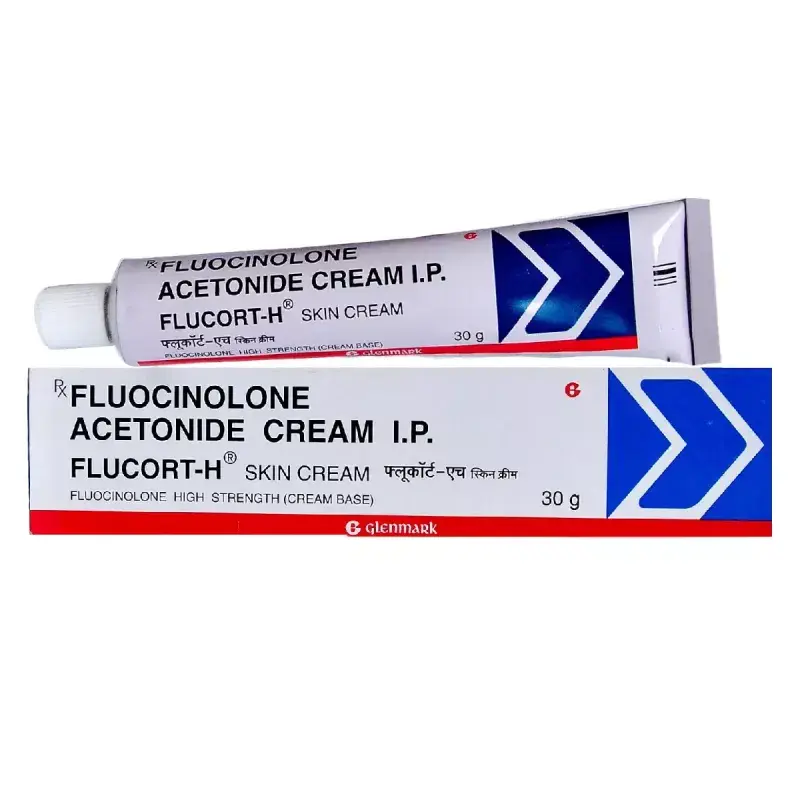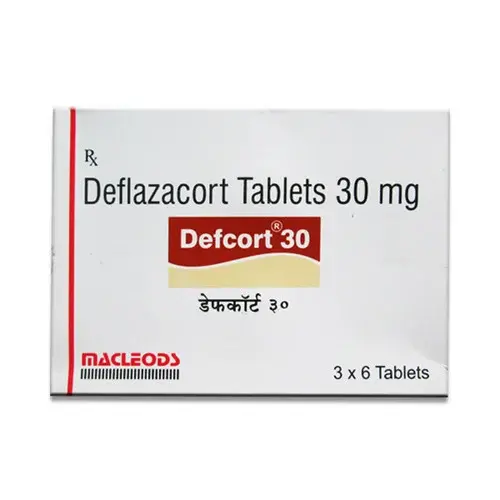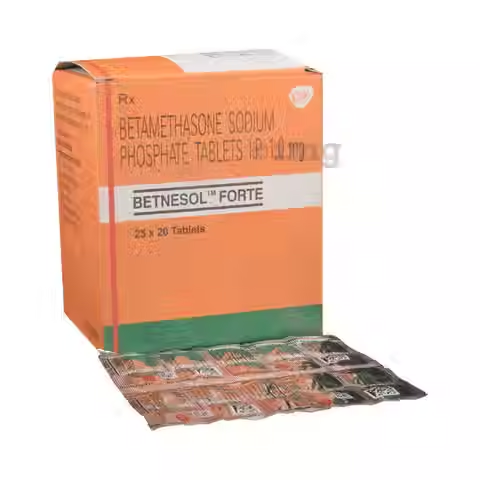An allergy is your immune system’s over-reaction to normally harmless substances—called allergens—such as pollen, dust mites, pet dander, foods, or insect venom. When exposed, your body releases histamines, leading to familiar symptoms like sneezing, itching, and inflammation.
-
Respiratory: Sneezing, nasal congestion, runny nose, post-nasal drip
-
Ocular: Itchy, red, or watery eyes (allergic conjunctivitis)
-
Dermatologic: Hives, eczema, or localized rash (contact dermatitis)
-
Gastrointestinal: Nausea, cramps, diarrhea (more common in food allergies)
-
Systemic (rare): Swelling of face or throat, difficulty breathing—seek emergency care
-
-
Genetic predisposition: Family history increases risk
-
Environmental exposure: Pollen seasons, mold spores, pet exposure
-
Dietary factors: Nuts, shellfish, dairy, eggs in sensitive individuals
-
Occupational triggers: Chemicals, latex, or industrial dusts
-
Other: Insect stings (bee/wasp venom), certain medications
-
-
Seasonal allergens: Tree, grass, and weed pollens
-
Indoor allergens: Dust mites, cockroach droppings, mold
-
Animal allergens: Cat and dog dander
-
Chemical irritants: Perfumes, cleaning agents, cigarette smoke
-
Food allergens: Peanuts, shellfish, gluten, milk proteins
-
-
Clinical history: Detailed questionnaire about symptoms and exposures
-
Skin prick test: Small allergen extracts pricked into skin—wheal indicates sensitivity
-
Blood tests (sIgE): Measures specific IgE antibodies to allergens
-
Elimination diets / challenge tests: Under medical supervision, remove and reintroduce suspected foods
-
Nasal smear or peak flow monitoring: For respiratory allergy assessment
-
-
Avoidance: Minimize contact with known allergens (e.g., use dust-mite covers, stay indoors during high-pollen days)
-
Antihistamine tablets: Loratadine, Cetirizine, Fexofenadine—relieve sneezing, itching, runny nose
-
Nasal sprays: Azelastine, Fluticasone—for targeted congestion relief
-
Topical steroids & creams: Hydrocortisone, Betamethasone—to calm skin reactions
-
Mast cell stabilizers: Cromolyn sodium nasal spray—prevent histamine release
-
Immunotherapy: Allergy shots or sublingual tablets for long-term desensitization
-
Emergency epinephrine: Auto-injectors (EpiPen) for anaphylactic reactions
-
Q1: How long does an allergy attack last?
A: Mild symptoms can clear in hours; without treatment, some (like hay fever) persist for weeks during pollen season.
Q2: Can allergies develop in adulthood?
A: Yes—new sensitivities may appear at any age, even to allergens you tolerated before.
Q3: What’s the difference between allergy and cold?
A: Allergies cause clear mucus, itchiness, and occur with exposure patterns; colds produce colored mucus, fever, and resolve in 7–10 days.
Q4: Are over-the-counter antihistamines safe long-term?
A: Second-generation antihistamines (Loratadine, Fexofenadine) are generally safe for extended use—check with your doctor.
Q5: When should I see an allergist?
A: If symptoms are severe, unresponsive to OTC meds, or impact your quality of life, seek specialist evaluation.



















































